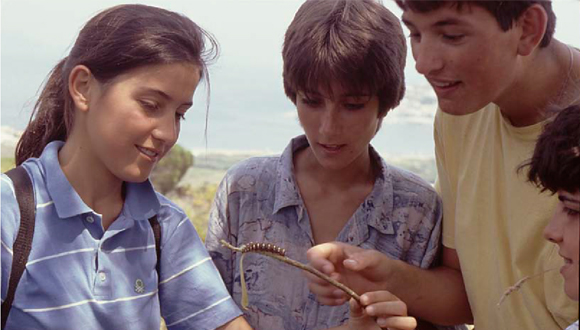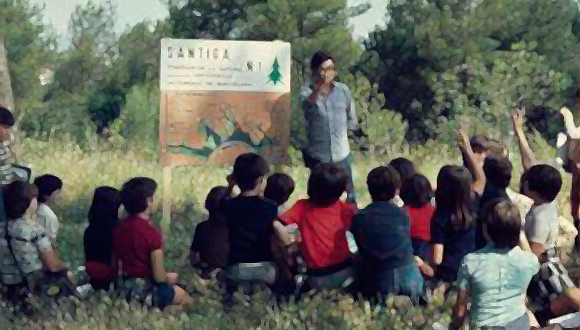Is environmental education working?
In the year 1970, an international meeting was held, organized by IUCN and UNESCO, on Environmental Education in the School Curriculum, at the Foresta Institute of Carson City, Nevada. One of the results of that meeting was the first largely accepted definition of environmental education, a concept born perhaps a couple of years before and mainly developed at the United Kingdom.

The definition was:
Environmental education is the process of recognizing values and clarifying concepts in order to develop skills and attitudes necessary to understand and appreciate the inter-relatedness among man, his culture, and his biophysical surroundings. Environmental education also entails practice in decision-making and self-formulation of a code of behavior about issues concerning environmental quality.
That definition is quite interesting: the first sentence is a conventional description that could be applied to any kind of specific education, but the second one contains two aspects that point to more ambitious objectives: practice in decision making and a code of behavior about environmental quality.
The October 30th of the same year, in the United States, President Richard Nixon signed the National Environmental Education Act (NEEA). This law was written by Senator Gaylord Nelson and had the purposes of “protecting the environment and enhancing environmental quality through education”. This might be achieved by incorporation of the environmental education in the formal and informal U.S. education, by creating an Office of Environmental Education, a National Advisory Council and a grants program for teachers and curricula adaptation. Lack of budget and pressures against NEEA ended the Act in 1981. A new NEEA was reformulated and approved in 1990, with its Office, training programs, grants, National Advisory Council, etc., this time under the guidance of the Environmental Protection Agency.

If we consider that environmental problems, according most experts, have been growing in a dangerous way along the last decades, including climate change, ocean acidification, biodiversity destruction, food risks in a fast growing demography, vulnerability to a failure of energy supplies, lack of drinking water, etc., the fact that environmental concern rates not very high in the people priorities in U.S and in Europe means that environmental education has not reached its objectives. Certainly, the strong opposition of powerful interests to an education that they accuse to be ideological, has a part on this failure, but most of it has to be attributed to the difficulties to integrate projects action-oriented and problem-solving in the rigid structure of the education system. Spain is a clear example of this. The origins of environmental education in Spain can be placed at the Santiga’s nature trials (1975, 40 years ago), designed by a team of ecologists and botanists of the Universitat Autònoma de Barcelona and high school teachers. A fast development of educational materials, environmental education centers and other initiatives followed and also environmental sciences grades and post-grades have multiplied at the universities. But environmental concern is still quite low and has decreased as a result of economical crisis.
We can reach some conclusions: 1) formal education has not been able to integrate action-oriented projects; 2) education is essential, but education alone does not change collective human behavior because other conflicting motivations always exist; 3) anti-environmentalism is very powerful in the mass media; 4) as a consequence of the previous items and other problems, scientific thinking has serious difficulties to reach the million.







